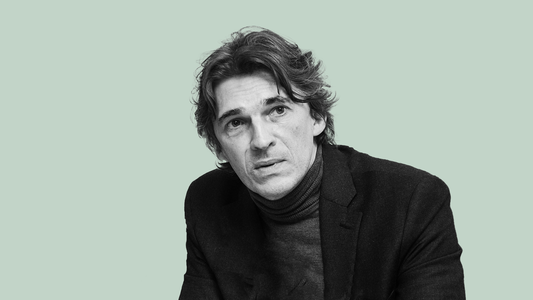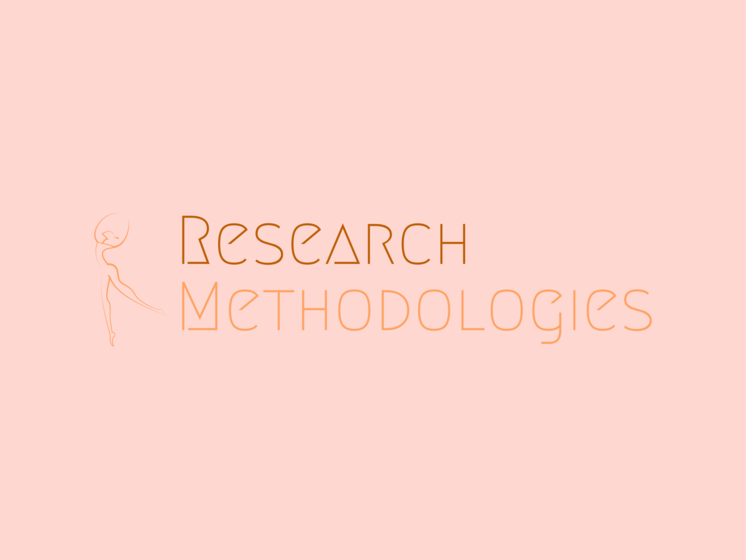'Blast Theory make interactive art to explore social and political questions. The group’s work places the public at the centre of unusual and sometimes unsettling experiences, to create new perspectives and open up the possibility of change.' (Blast Theory 2024)
Founded by Matt Adams and Nick Tandavanitj in 1991 in the UK, Blast Theory 'have shown work at the Venice Biennale, Tribeca Film Festival, ICC in Tokyo, Hebbel am Ufer in Berlin, the Barbican and Tate Britain. Commissioners include Channel 4, Sundance Film Festival and the Royal Opera House.' (Blast Theory 2024)
Blast Theory's work unifies interactive media and participatory art concepts, promoting the dynamic interactions between artists, technology, and audience engagement. Similarly, my practice-as-research project investigates the relationship between choreography, technology, and participants. For instance, in Stampede (1994), the public could interact with the performance by triggering 'recordings of different mind control techniques.' (Blast Theory 2024). Likewise, in my research, the spectators can give ideas to ChatGPT, shaping the performance.
Drawing inspiration from Blast Theory approach, I explore the physical interactions with ChatGPT. Indeed, ChatGPT is not just a tool for my research; it becomes a co-creator in the dance-making process. In other words, it can be considered another participant in the project.
In 1998, French curator Nicolas Bourriaud wrote Relational Aesthetics, a book considered the most important art theory text of the '90s. By publishing the book, he coined the term 'relational aesthetic'. To simplify, Bourriaud defines 'relational aesthetics' as artistic practices that use human interaction as the material. Therefore, the artist is more of a facilitator, and the face-to-face, real audience interaction becomes the art. The art exists because people are doing it. If the audience does nothing, nothing is happening. I consider my research a relational aesthetics piece. If the participants are not using ChatGPT to give suggestions, the dancers do not move, and nothing is happening.
In his book, Bourriaud states that artist's 'works involve methods of social exchanges, interactivity with the viewer within the aesthetic experience being offered to him/her, and the various communication processes, in their tangible dimension as tools serving to link individuals and human groups together.' (Bourriaud et al. 1998: 43)
Quantitative approach
'quantitative research involves measurement and assumes that the phenomena under study can be measured' (Watson 2015: 44).
I collected quantitative data from the survey. In addition, I gathered other quantitative data about:
|
|
|
|
|
|
|
|
|
I combined quantitative research and qualitative research to collect more data and gain a richer, more comprehensive understanding of my research.
To collect more data and enhance my understanding of the research, I not only asked for feedback immediately after the workshop, which I recorded, but I also created a questionnaire for participants to fill out.
Qualitative approach
'Qualitative methods are a valuable tool in implementation research because they help to answer complex questions.' (Hamilton and Finley 2019: 112516).
'qualitative methods have been used across a variety of disciplines to describe how things are' (Hamilton and Finley 2019: 112516).
To learn more about my qualitative data, please visit the appendix section. There, you can find survey results, general written feedback, videos, and a portion of the voice-recorded feedback session.




